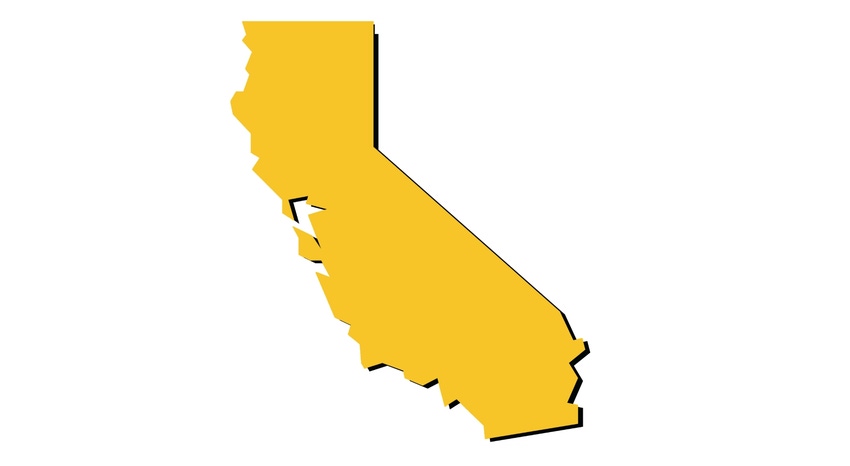California to allow temporary point-of-sale, Prop 65 warnings for BPA exposure
December 6, 2016

Beginning May 11, 2016, companies were required to warn consumers about potential exposure to the chemical bisphenol-A (BPA) under California’s Proposition 65 law. Because of several complicating factors that could have an adverse effect on the food supply, the California Office of Environmental Health Hazard Assessment (OEHHA) put in place an emergency regulation to allow the temporary use of a standard point-of-sale warning message for BPA exposures from canned and bottled foods and beverages. The California Office of Administrative Law (OAL) approved the emergency regulation on Apr. 18, 2016.
Proposition 65, officially titled the Safe Drinking Water and Toxic Enforcement Act of 1986, prohibits a company from knowingly exposing any individual to a listed chemical without first providing a "clear and reasonable warning" to such individual. Warnings are not required for reproductive toxicants when there is no observable effect at 1,000 times the exposure level, or when the exposure level is below a Maximum Allowable Dose Level (MADL) established by OEHHA as a safe harbor. OEHHA has not established an MADL for oral exposure to BPA; rather, the agency has stated that it is waiting for the results of research sponsored by the federal government that may resolve “complicated scientific questions” before establishing an MADL. However, the research is not expected to be completed until late 2017 or early 2018.
Proposition 65 states that a business may provide a required warning on a product’s label, shelf tags, through a shelf sign, menu or any combination thereof—as long as the warning is prominent and conspicuous (see Title 27, California Code of Regulations, sections 25603 and 25603.1).
The emergency regulation allows the responsible party to provide a warning by either: (1) affixing a label to the product, or (2) sending a written notice to a retailer describing the products that would be covered by the point-of-sale signage.
More specifically, the written notice must state that the canned or bottled food or beverage may result in an exposure to BPA and include the name or description of the products, such as by identifying a Universal Product Code (UPC). Additionally, the manufacturer, producer, packager, importer or distributor of the canned bottle food or beverage is required to provide to the retailer, at no cost, point-of-sale warning signs.
OEHHA requires the following specific language on the signs:
“WARNING: Many food and beverage cans have linings containing bisphenol-A (BPA), a chemical known to the State of California to cause harm to the female reproductive system. Jar lids and bottle caps may also contain BPA. You can be exposed to BPA when you consume foods or beverages packaged in these contains. For more information go to: www.P65Warnings.ca.gov/BPA.”
Retailers are required to display the signs at each point of sale. However, a retailer has 24 hours after discovery or notification of a missing sign to replace it. The warning is also required for products sold over the internet. These requirements are found in Section 25603.3.
Temporary solution only
The emergency regulations have only been authorized by OAL for six months and therefore will expire on Oct. 18, 2016. Prior to this expiration date, OEHHA plans to initiate a regular rulemaking process to adopt a regulation for approximately a one-year period, which, in its words, “should be sufficient for an orderly transition to more traditional warning methods and for the food industry to transition away from use of BPA where possible." (http://www.oehha.ca.gov/prop65/CRNR_notices/041916BPAEmergencyAction.html)
Noting that an estimated 66% to 90% of canned foods contain varying levels of BPA, OEHHA pointed out in the notice that the addition of BPA to the Proposition 65 list is unique because of the volume of products involved. The Agency also stated that it expects many of the newer products requiring warnings (that is, those produced after the listing of BPA in 2015) to have them on their labels once the emergency point-of-sale signage is no longer permitted.

Author George Misko is a partner at Keller and Heckman. Founded in 1962, the respected law firm has a broad practice in the areas of regulatory law, litigation and business transactions, serving both domestic and international clients. Reach him at [email protected].
*******************************************************************************************
Come hear the debate about The Future of Labeling and the Emergence of Direct-to-Package Printing. This is one of the sessions in the full-day conference on Packaging for Food & Beverage during EastPack 2016 (June 14-16; NYC). Which side are you on???
About the Author(s)
You May Also Like


